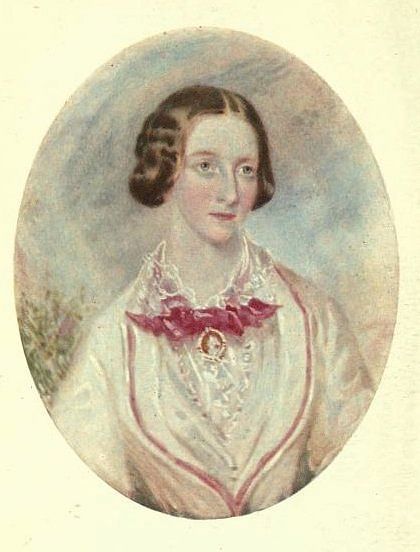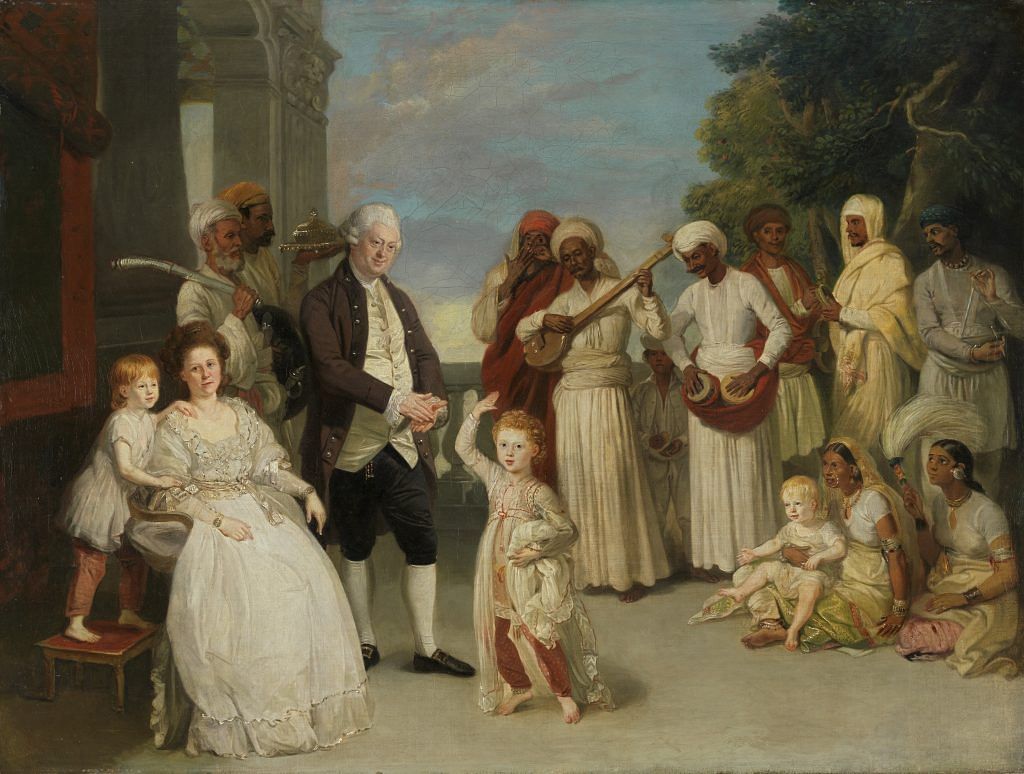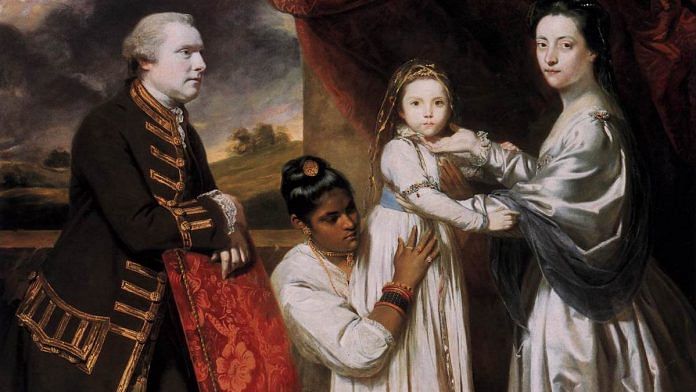The attitude European colonisers had towards Indians in the colonial era can be seen clearly from how they thought of and depicted ‘servants’ or household workers in India.
There was a time of admiration and there was a time of absolute mockery. In between the 18th-19th century, the British Raj produced manuals for European women on how to control their workers, paintings that boasted of riches through the number of workers depicted and satires on ‘servants’.
In recollections
“When we married, I found myself in the special charge of Ali Bux, who considered himself responsible for my well-being, whenever my husband was absent and wrote him a daily report,” Edith Dalhousie Login wrote in her mother Lady Lena Login’s Recollection published around 1916. Lady Lena Login was married to John Spencer Login, who was famous for guarding the Kohinoor and Maharaja Duleep Singh.
Lady Login came to India and settled down in Oudh. In Lady Login’s Recollections, she mentions three ‘servants’ in her household — Ali Bux, the head-worker, her ayah, and Hingham Khan, the orphan boy who followed John Spencer from Herat. Unlike the other two workers, Lady Login was very affectionate towards young Hingham. Hingham would accompany her during her rides, and also take care of her horses. This was the time when Indian culture and people were not disparaged, and Europeans were keen to know and learn about it. Lady Login was well-versed in Urdu, and was compassionate towards Indians. In her Recollection, her disagreements with Ali Bux is prominent – he was rude with other workers, but she never countered him considering his loyalty to her household.

With an Introduction by Col.G.B.Malleson | Published by W.H.Allen & Co., London – 1890
Also read: Art to sacrifices: How the horse became important in 18th century India
In paintings
Along with literature like Lady Login’s Recollections, there are several paintings from the 18th-19th century that portray the European household in India. These visuals are mostly oil paintings done by major European artists like Johann Zoffany, George Chinnery, etc.
Only the elite in this period could get their portraits made by famous European artists — it was prestigious and expensive. These paintings were staged to create a glimpse of European colonial life — it showed both Indian ‘exotica’ and elements of colonial authority.
In one of these paintings — Group Portrait of Sir Elijah and Lady Impey (ca. 1783-84) — Zoffany placed Elijah Impey, who was the first chief judge of the Supreme Court of Judicature at Fort William, towards the left of the painting. He is depicted cheering his daughter while she performs an Indian tune. The ayahs are portrayed on the right side of the painting, sitting on the ground. The older ayah holds Impey’s son and is looking at the performance, while the younger ayah is holding the white whisk or chawar and is looking towards Sir Elijah Impey. On the left foreground is Lady Impey, seated on a chair with her elder son standing behind her. Both Elijah Impey and Lady Impey look away from their Indian subjects, whether the ‘servants’ or the troupe of musicians or even their own daughter.

The artist distances the British and Indian subjects from actual interaction by making the White couple and their children look outside the frame, and not indulge in indigenous art even as spectators. That’s how Zoffany managed to lessen the ‘cultural corruption’.
Also read: Did the British invent caste in India? Yes, at least how we see it now
In satires
In the 19th century, India became a land of fortune that attracted many young European men because of the employment opportunities in the British Raj. Tom Raw, a satirical poem written and illustrated by Sir Charles D’Oyly in 1828 is about one such young European man who is clueless about India. While mocking the situation faced by the newcomer, the poet also comments on Indian household workers.
The poet writes how the Indian bearer cheated Tom Raw when he arrived at Calcutta (now Kolkata). The poem says:
“Ram-Johnnies are blood-suckers, arrant leeches.
Discarded servants, exhibitioners,
always prepared, with broken English speeches
To act as tongue to new and raw practitioners…
And taverns, ready to entrap new comers.
Just such an one assailed our inexperienced Thomas.”
In manuals
The Europeans criticised ‘natives’ in almost every text, but they still couldn’t resist India. Even the European women who wanted to marry affluent men were moving to India. This mobilisation of young European men and women in the 19th century made India the most lucrative marriage market.
The European women who were already residing in India wrote several ‘housewives’ manuals for the newcomers. One section in every manual specifically focussed on the dos and don’ts with regard to ‘servants’. This was the section that also informed the future Memsahibs about the large number of servants required by every household in India due to the persisting caste system. In India, domestic workers were hired according to their caste. Only ‘lower’ castes would touch the broom.
In one of the manuals, The Complete Indian Housekeeper and Cook by F. A Steel and G. Gardiner (1893), the authors mention the practice of buksheesh and how it can be used as a system of reward and punishment. The author advises European women to levy small fines on her workers –one pica (paisa) for forgetfulness or one rupee for lying. The money that came through fines would then be used for monetary rewards (buksheesh). This practice was even extended to the marketplace, where Memsahibs made the vendors pay buksheesh in return for purchases.
These manuals also warn European women about ‘uncivilised’ Indian workers, who must be punished immediately after they commit a mistake. However, the manuals written for married women in Europe – such as Mrs. Beeton’s Book of Household Management – advised them to be kind with their domestic workers, who were also mostly White.
Also read: Indian govt won’t be any different from British if Hindus can’t manage their own temples
Lower than human
In almost all the manuals, memoirs and travelogues written by Europeans who stayed in India, workers were projected as an unpredictable bunch of sluggish beings, but there was no such visual that supported this narrative of the Europeans until the late 19th century.
Lloyd’s Sketches of Indian Life (c. 1890) is an illustrated book that depicts Indian household workers as lethargic, who are being punished by their European masters, and also pranked by White men.
The gradual shift from the time Europeans used to sympathise with their ‘servants’ to the time when they ridiculed them to the time when ‘servants’ were trashed in writings and paintings, speaks a lot about the changes that colonial India was witnessing.
Being idle was a luxury, which belonged to the White race. And the Indian workers had to prove their loyalty to those who didn’t even consider them human.
The author is a research scholar at Jawaharlal Nehru University. Views are personal.



